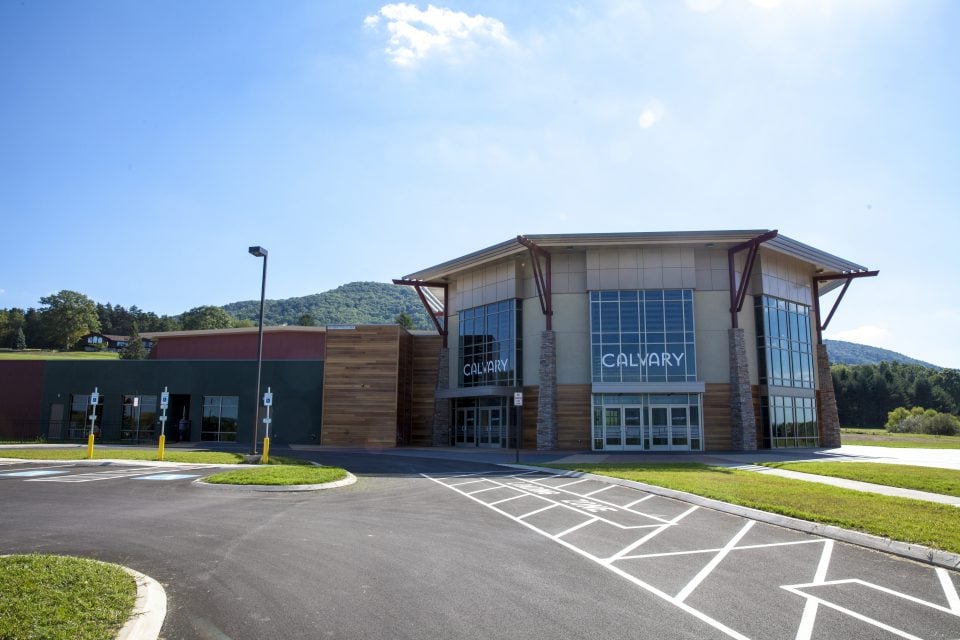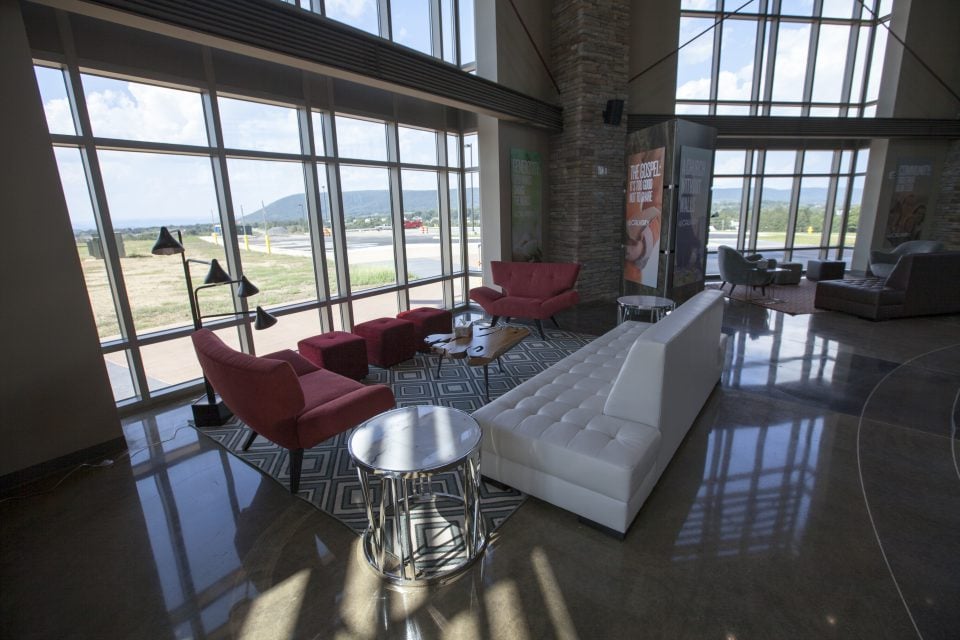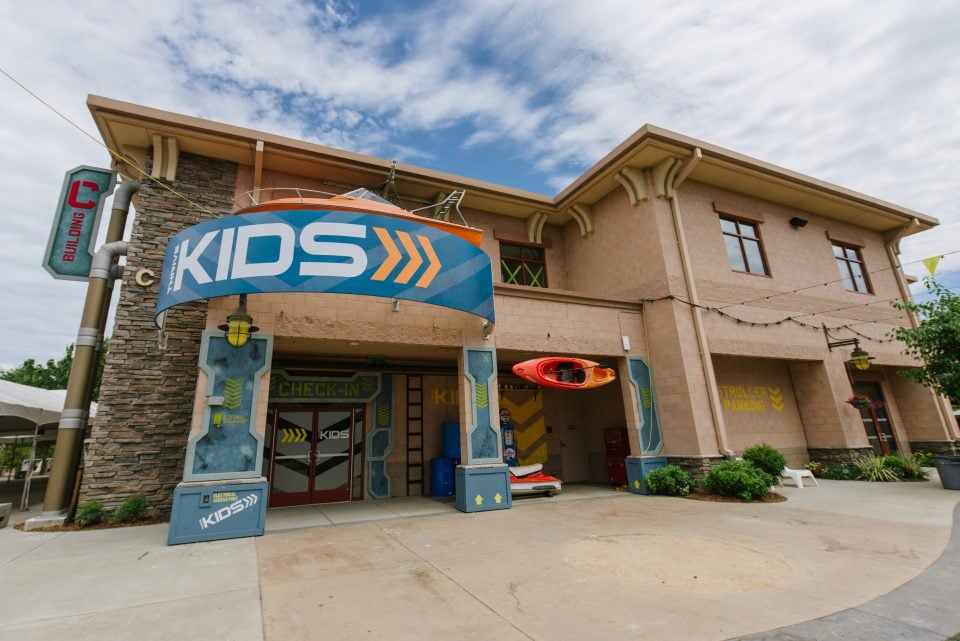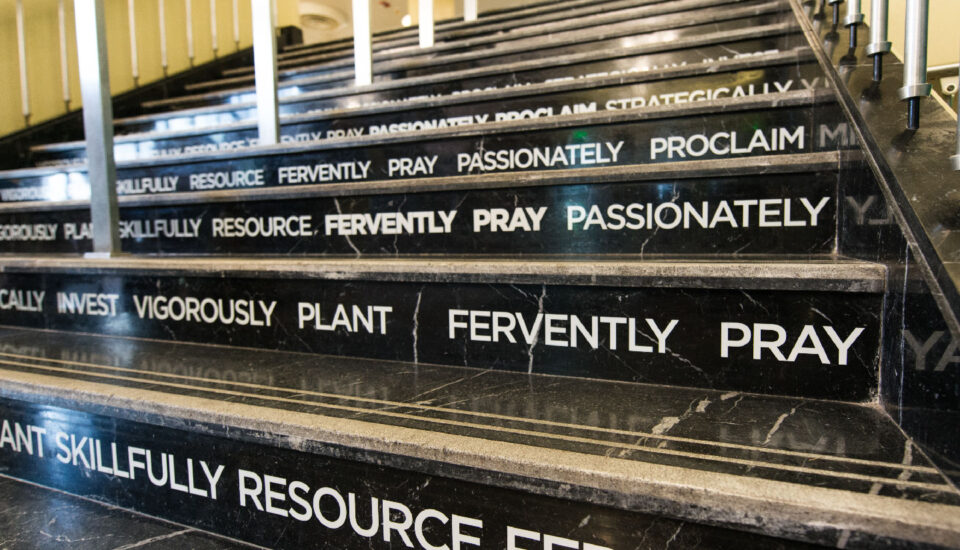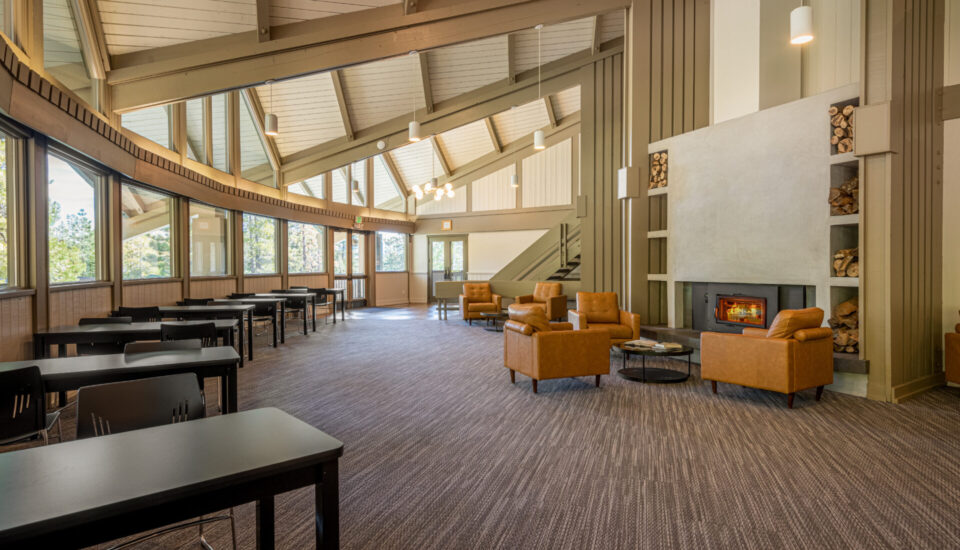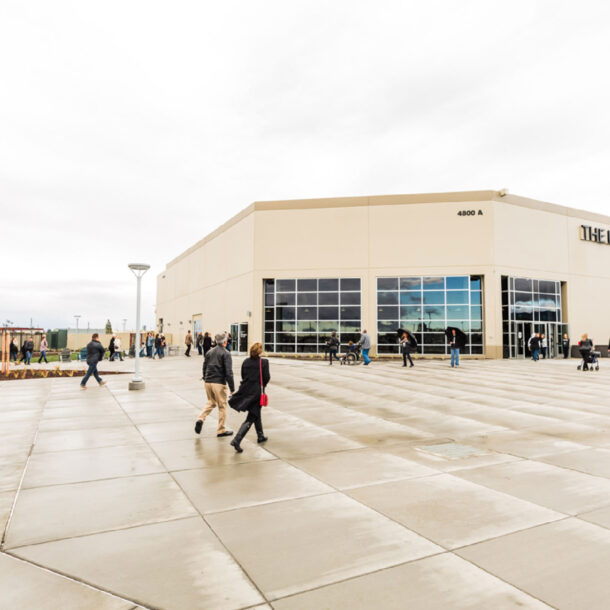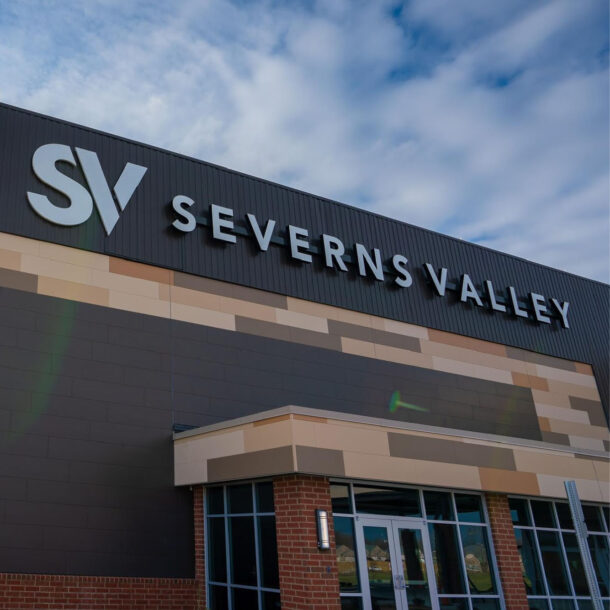
Categories
- eBook (1)
- Architecture (42)
- Awards (6)
- Behind the Build (9)
- Construction (36)
- Insights (63)
- Projects (15)
About Author
 Visioneering Studios
Visioneering StudiosTags
Architecture Building Process Church Church Architecture Church Construction Church Design Commercial Community Construction Design+Build Education Facilities Interior Design Master Planning Multisite Non-Profit Office Space Private School Retail Showroom Student Ministry Vision Wayfinding & Graphics









